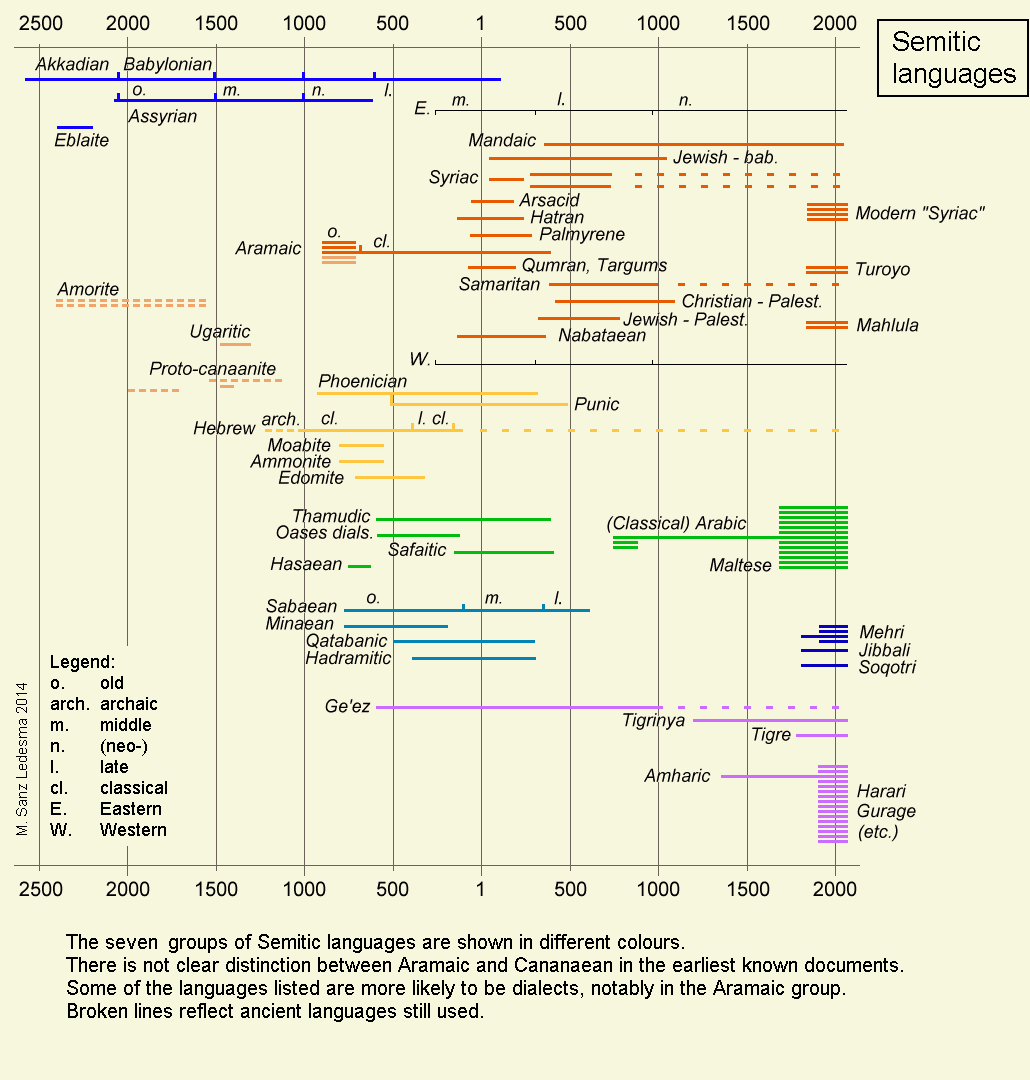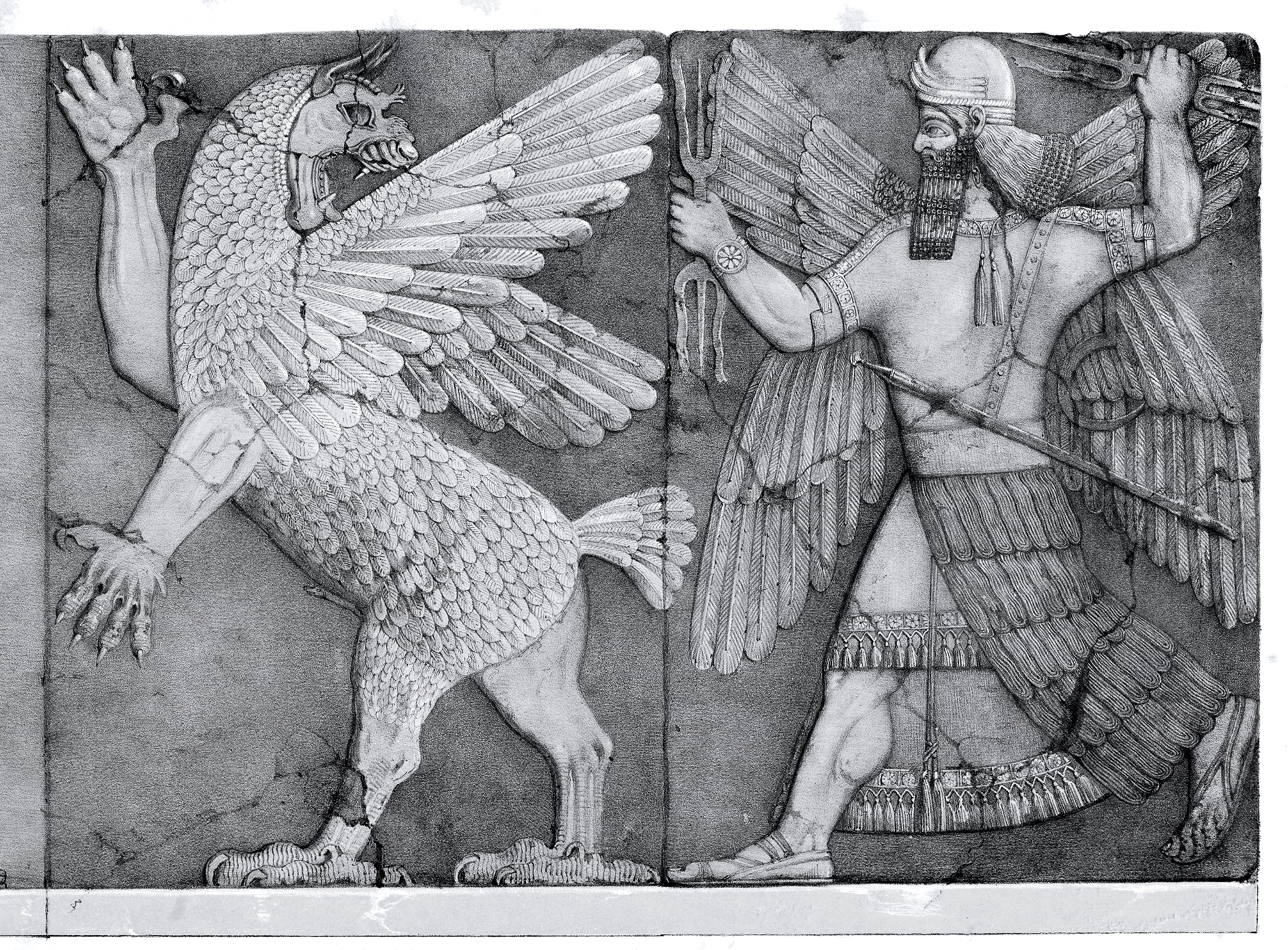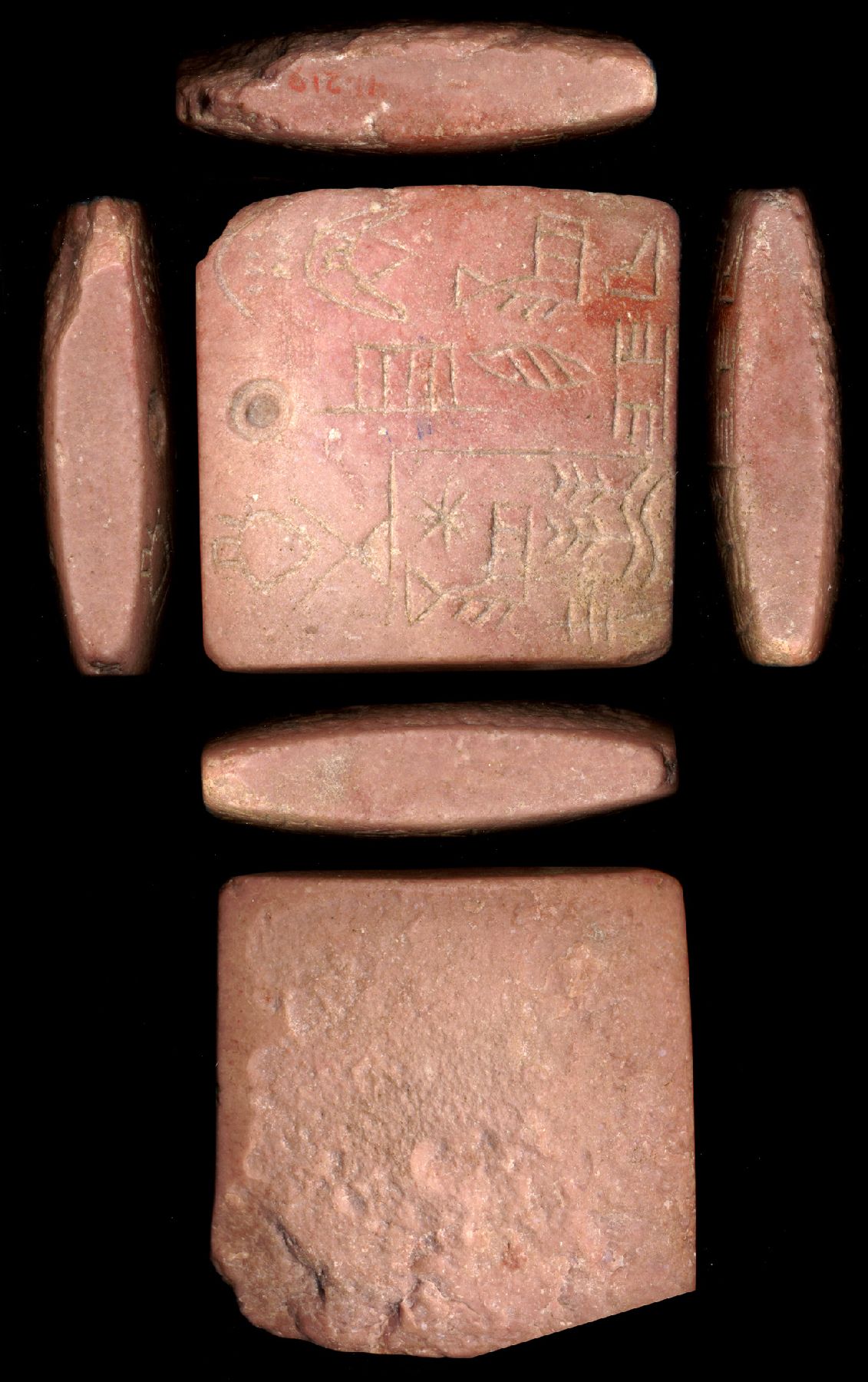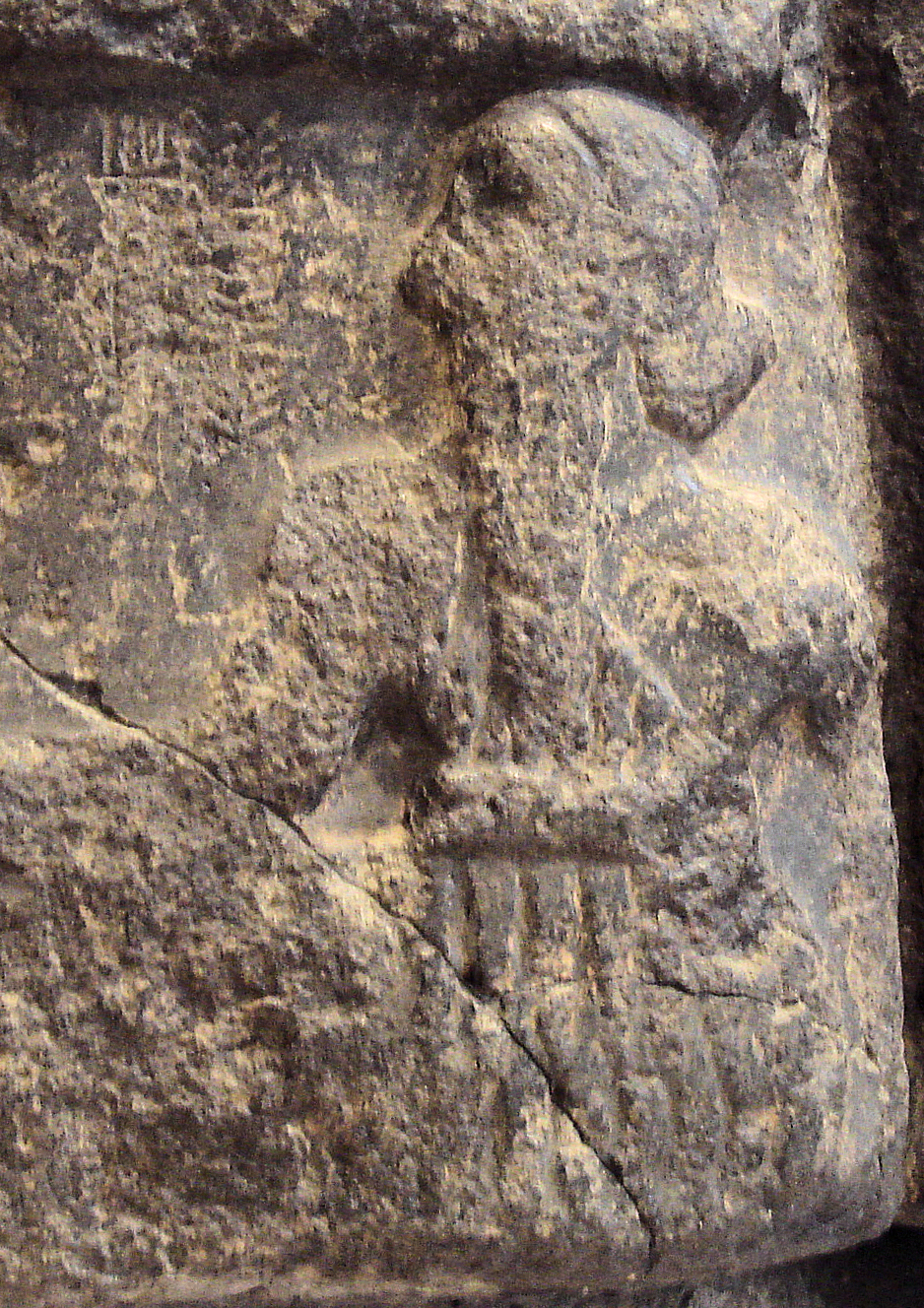|
Frahang-i Pahlavig
''Frahang-ī Pahlavīg'' (Middle Persian: 𐭯𐭥𐭧𐭭𐭢 𐭯𐭧𐭫𐭥𐭩𐭪 "Pahlavi dictionary") is the title of an anonymous dictionary of mostly Aramaic logograms with Middle Persian translations (in Pahlavi script) and transliterations (in Pazend script).. Its date is unknown. The glossary was previously known to Indian Zoroastrians, called the Parsis, as the ''mna-xvatay'' (traditionally pronounced ''mona khoda''), a name derived from the first two words (the lemma) of the first entry.. Relevant scripts' characteristics The Pazend script has the following characteristics, as contrasted with the Pahlavi script: * Pazend is a variant of the Avestan alphabet (''Din dabireh''), a phonetic alphabet. In contrast, Pahlavi is only an abjad. * Pazend does not have ideograms. In contrast, ideograms are an identifying feature of the Pahlavi system, and are words borrowed from Semitic languages such as Aramaic that continue to be spelled as in Aramaic transliter ... [...More Info...] [...Related Items...] OR: [Wikipedia] [Google] [Baidu] |
Frahang-i Oim-evak
''Frahang-i Oīm-Ēwak'' is an old Avestan- Middle Persian dictionary A dictionary is a listing of lexemes from the lexicon of one or more specific languages, often arranged Alphabetical order, alphabetically (or by Semitic root, consonantal root for Semitic languages or radical-and-stroke sorting, radical an .... It is named with the two first words of the dictionary: ''oīm'' in Avestan means 'one' and ''ēwak'' is its Pahlavi equivalent. It gives the Pahlavi meanings of about 880 Avestan words, either by one word or one phrase or by explaining it. References External links Raham Asha: Avesta Glossary. A glossary of Avesta words and their Pārsīg equivalents, based on the Zand, the so-called ''Frahang ī ōīm:ēk''. Text and Grammatical Notes. Mumbai, The K. R. Cama Oriental Institute, 2009. Zoroastrian texts Avestan dictionaries and grammars Persian dictionaries Middle Persian literature {{Zoroastrianism-book-stub ... [...More Info...] [...Related Items...] OR: [Wikipedia] [Google] [Baidu] |
Semitic Languages
The Semitic languages are a branch of the Afroasiatic languages, Afroasiatic language family. They include Arabic, Amharic, Tigrinya language, Tigrinya, Aramaic, Hebrew language, Hebrew, Maltese language, Maltese, Modern South Arabian languages and numerous other ancient and modern languages. They are spoken by more than 330 million people across much of Western Asia, West Asia, North Africa, the Horn of Africa, Malta, and in large Immigration, immigrant and Expatriate, expatriate communities in North America, Europe, and Australasia. The terminology was first used in the 1780s by members of the Göttingen school of history, who derived the name from Shem, one of the three Generations of Noah, sons of Noah in the Book of Genesis. Semitic languages List of languages by first written account, occur in written form from a very early historical date in West Asia, with East Semitic languages, East Semitic Akkadian language, Akkadian (also known as Ancient Assyrian language, Assyrian ... [...More Info...] [...Related Items...] OR: [Wikipedia] [Google] [Baidu] |
Book Pahlavi
Book Pahlavi is the cursive variant of the Pahlavi scripts, Pahlavi script, which was derived from the Aramaic alphabet, Aramaic script during the Sasanian Empire, Sassanid period to write the Middle Persian, Middle Persian language. Book Pahlavi was used primarily for writing books and documents, but later also for inscriptions. Book Pahlavi is an abjad, meaning there are no unique vowel symbols, although it does make use of ''Mater lectionis, matres lectionis''. Much like Rasm, ''rasm'' in the Arabic script, a single letterform can be used for multiple letters, as they merged over time. (To avoid confusion, these are still usually transliterated differently.) Further ambiguity is added by the fact that the boundaries between letters are not clear, and many letters look identical to combinations of other letters.Roger D. Woodard: ''The Ancient Languages of Asia and the Americas''. Cambridge University Press, 2008, ISBN 978-0-521-68494-1, S. 123. Like other variants of Pahlavi, ... [...More Info...] [...Related Items...] OR: [Wikipedia] [Google] [Baidu] |
Heterogram (linguistics)
Heterogram (classical compound: "wikt:hetero-#English, different" + "wikt:-gram#English, written") is a term used mostly in the philology of Akkadian language, Akkadian, and Pahlavi scripts, Pahlavi texts containing borrowings from Sumerian and Aramaic respectively. It refers to a special type of logogram or ideogram borrowed from another language (in which it may have been either ideographic or phonetic) to represent either a sound or meaning in the wiktionary:matrix_language, matrix language. It is now commonly accepted that they do not represent true borrowings from the embedded language and instead came to represent a separate register of orthographic archaisms. As an example in English - the written abbreviations ''wikt:e.g., e.g.'', ''wikt:i.e., i.e.'', and ''wikt:viz., viz.'' are sometimes read respectively as "for example", "that is", and "namely". When read this way, the abbreviations for the Latin phrases ''exempli gratia'', ''id est'', and ''videlicet'' are being used ... [...More Info...] [...Related Items...] OR: [Wikipedia] [Google] [Baidu] |
Semitic Language
The Semitic languages are a branch of the Afroasiatic language family. They include Arabic, Amharic, Tigrinya, Aramaic, Hebrew, Maltese, Modern South Arabian languages and numerous other ancient and modern languages. They are spoken by more than 330 million people across much of West Asia, North Africa, the Horn of Africa, Malta, and in large immigrant and expatriate communities in North America, Europe, and Australasia. The terminology was first used in the 1780s by members of the Göttingen school of history, who derived the name from Shem, one of the three sons of Noah in the Book of Genesis. Semitic languages occur in written form from a very early historical date in West Asia, with East Semitic Akkadian (also known as Assyrian and Babylonian) and Eblaite texts (written in a script adapted from Sumerian cuneiform) appearing from in Mesopotamia and the northeastern Levant respectively. The only earlier attested languages are Sumerian and Elamite (2800 BC ... [...More Info...] [...Related Items...] OR: [Wikipedia] [Google] [Baidu] |
Akkadian Language
Akkadian ( ; )John Huehnergard & Christopher Woods, "Akkadian and Eblaite", ''The Cambridge Encyclopedia of the World's Ancient Languages''. Ed. Roger D. Woodard (2004, Cambridge) Pages 218–280 was an East Semitic language that is attested in ancient Mesopotamia ( Akkad, Assyria, Isin, Larsa, Babylonia and perhaps Dilmun) from the mid- third millennium BC until its gradual replacement in common use by Old Aramaic among Assyrians and Babylonians from the 8th century BC. Akkadian, which is the earliest documented Semitic language, is named after the city of Akkad, a major centre of Mesopotamian civilization during the Akkadian Empire (–2154 BC). It was written using the cuneiform script, originally used for Sumerian, but also used to write multiple languages in the region including Eblaite, Hurrian, Elamite, Old Persian and Hittite. The influence of Sumerian on Akkadian went beyond just the cuneiform script; owing to their close proximity, a lengthy span of con ... [...More Info...] [...Related Items...] OR: [Wikipedia] [Google] [Baidu] |
Assyriology
Assyriology (from Greek , ''Assyriā''; and , ''-logia''), also known as Cuneiform studies or Ancient Near East studies, is the archaeological, anthropological, historical, and linguistic study of the cultures that used cuneiform writing. The field covers Pre Dynastic Mesopotamia, Sumer, the early Sumero-Akkadian city-states, the Akkadian Empire, Ebla, the Akkadian and Imperial Aramaic speaking states of Assyria, Babylonia and the Sealand Dynasty, the migrant foreign dynasties of southern Mesopotamia, including the Gutians, Amorites, Kassites, Arameans, Suteans and Chaldeans. Assyriology can be included to cover Neolithic pre-Dynastic cultures dating to as far back as 8000 BC, to the Islamic Conquest of the 7th century AD, so the topic is significantly wider than that implied by the root "Assyria". The large number of cuneiform clay tablets preserved by these Sumero-Akkadian and Assyro-Babylonian cultures provide an extremely large resource for the study of the period. Th ... [...More Info...] [...Related Items...] OR: [Wikipedia] [Google] [Baidu] |
Sumerian Language
Sumerian ) was the language of ancient Sumer. It is one of the List of languages by first written account, oldest attested languages, dating back to at least 2900 BC. It is a local language isolate that was spoken in ancient Mesopotamia, in the area that is modern-day Iraq, Iraq. Akkadian language, Akkadian, a Semitic languages, Semitic language, gradually replaced Sumerian as the primary spoken language in the area (the exact date is debated), but Sumerian continued to be used as a sacred, ceremonial, literary, and scientific language in Akkadian-speaking Mesopotamian states, such as Assyria and Babylonia, until the 1st century AD. Thereafter, it seems to have fallen into obscurity until the 19th century, when Assyriologists began Decipherment, deciphering the cuneiform inscriptions and excavated tablets that had been left by its speakers. In spite of its extinction, Sumerian exerted a significant influence on the languages of the area. The Cuneiform, cuneiform script, original ... [...More Info...] [...Related Items...] OR: [Wikipedia] [Google] [Baidu] |
Akkadian Empire
The Akkadian Empire () was the first known empire, succeeding the long-lived city-states of Sumer. Centered on the city of Akkad (city), Akkad ( or ) and its surrounding region, the empire united Akkadian language, Akkadian and Sumerian language, Sumerian speakers under one rule and exercised significant influence across Mesopotamia, the Levant, and Anatolia, sending military expeditions as far south as Dilmun and Magan (civilization), Magan (modern United Arab Emirates, Saudi Arabia, Bahrain, Qatar and Oman) in the Arabian Peninsula.Mish, Frederick C., Editor in Chief. "Akkad" ''iarchive:webstersninthne000merr, Webster's Ninth New Collegiate Dictionary''. ninth ed. Springfield, MA: Merriam-Webster 1985. ). The Akkadian Empire reached its political peak between the 24th and 22nd centuries BC, following the conquests by its founder Sargon of Akkad. Under Sargon and his successors, the Akkadian language was briefly imposed on neighboring conquered states such as Elam and Guti ... [...More Info...] [...Related Items...] OR: [Wikipedia] [Google] [Baidu] |
Martin Haug
Martin Haug (30 January 1827 – 3 June 1876) was a German orientalist. Biography Haug was born at Ostdorf (today a part of Balingen), Württemberg. He became a pupil in the gymnasium at Stuttgart at a comparatively late age, and in 1848 he entered the Eberhard Karls University of Tübingen, where he studied oriental languages, especially Sanskrit. He afterwards attended lectures at the Georg-August University of Göttingen, and in 1854 settled as Privatdozent at the University of Bonn. In 1856 he moved to the University of Heidelberg, where he assisted Bunsen in his literary undertakings. In 1859 he accepted an invitation to India, where he became superintendent of Sanskrit studies and professor of Sanskrit in Poona. Here his acquaintance with the Zend language and literature afforded him excellent opportunities for extending his knowledge of this branch of literature. Having returned to Stuttgart in 1866, he was called to Munich as professor of Sanskrit and comparative ... [...More Info...] [...Related Items...] OR: [Wikipedia] [Google] [Baidu] |
Bibliothèque Nationale De France
The (; BnF) is the national library of France, located in Paris on two main sites, ''Richelieu'' and ''François-Mitterrand''. It is the national repository of all that is published in France. Some of its extensive collections, including books and manuscripts but also precious objects and artworks, are on display at the BnF Museum (formerly known as the ) on the Richelieu site. The National Library of France is a public establishment under the supervision of the Ministry of Culture. Its mission is to constitute collections, especially the copies of works published in France that must, by law, be deposited there, conserve them, and make them available to the public. It produces a reference catalogue, cooperates with other national and international establishments, as well as participates in research programs. History The National Library of France traces its origin to the royal library founded at the Louvre Palace by Charles V in 1368. Charles had received a collection o ... [...More Info...] [...Related Items...] OR: [Wikipedia] [Google] [Baidu] |
Abraham Hyacinthe Anquetil-Duperron
Abraham Hyacinthe Anquetil-Duperron (7 December 173117 January 1805) was the first professional French Indologist. He conceived the institutional framework for the new profession. He inspired the founding of the École française d'Extrême-Orient a century after his death. The library of the Institut français de Pondichéry is named after him. Early life Abraham Hyacinthe Anquetil was born in Paris on 7 December 1731 as the fourth of seven children of Pierre Anquetil, a spice importer. As was the custom of the time, the name of one of his father's estates, "Duperron", was added to his name to distinguish him from his brothers. Anquetil-Duperron initially distinguished himself in the study of theology at Paris and Utrecht with the intention of becoming a priest like his elder brother Louis-Pierre Anquetil. In the course of his studies, however, he acquired such an interest in Latin, Hebrew language, Hebrew, and Greek language, Greek that he chose to devote himself entirely to ... [...More Info...] [...Related Items...] OR: [Wikipedia] [Google] [Baidu] |






